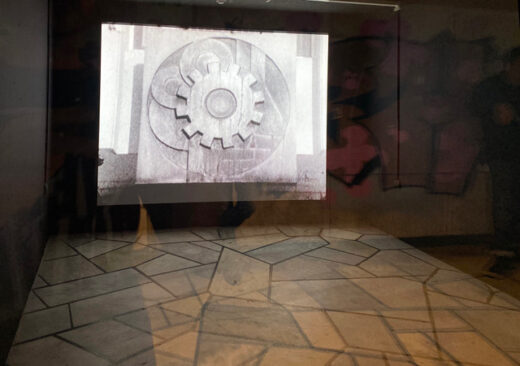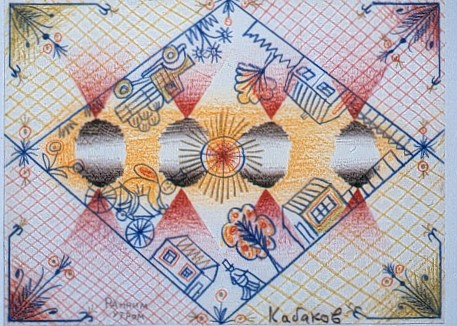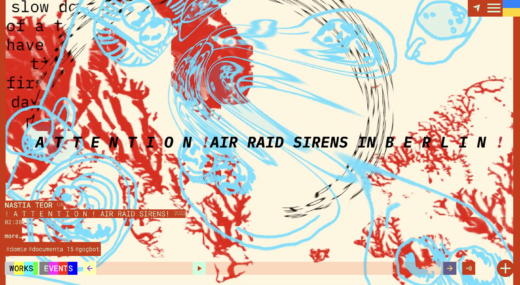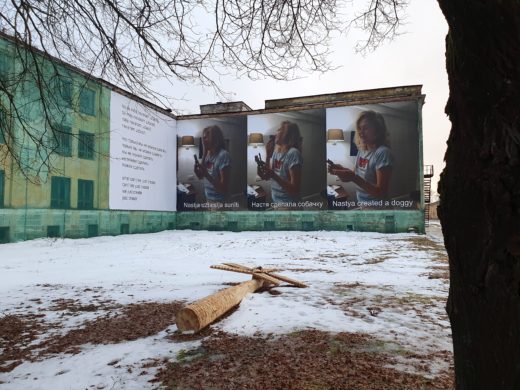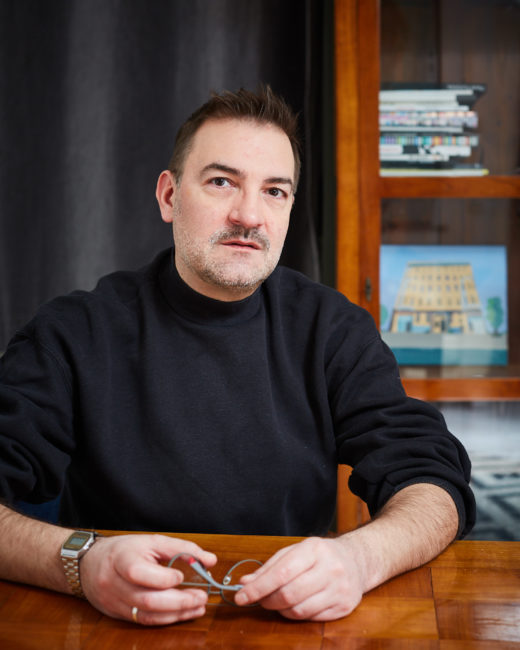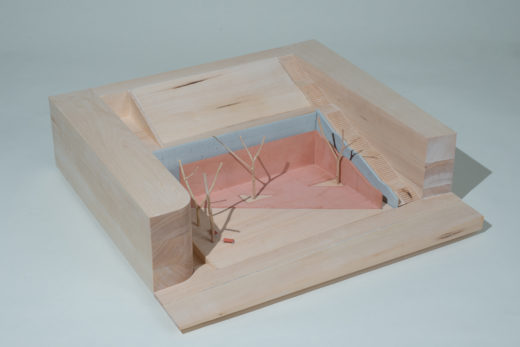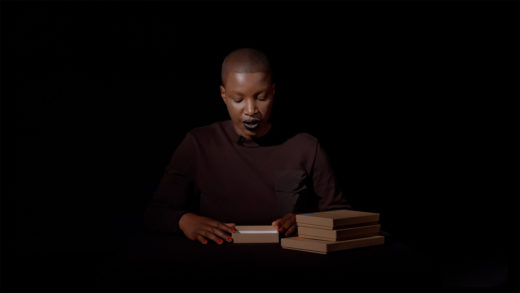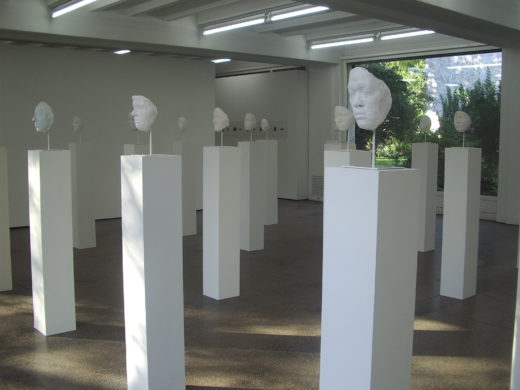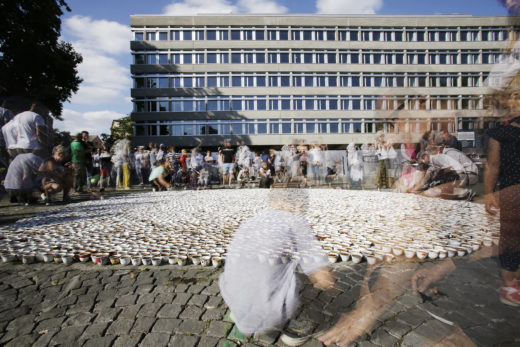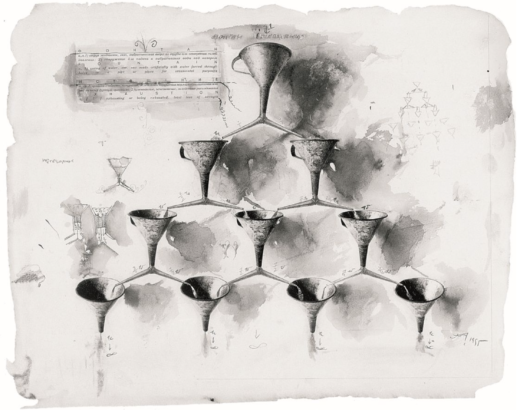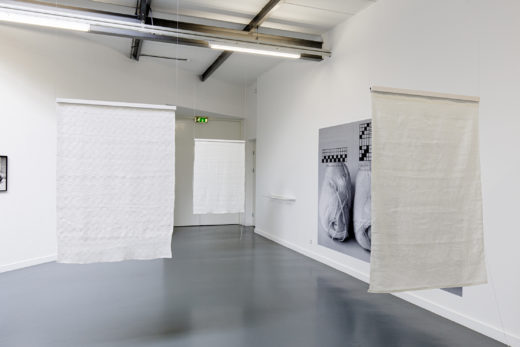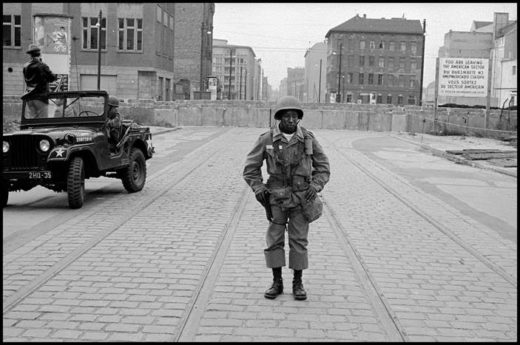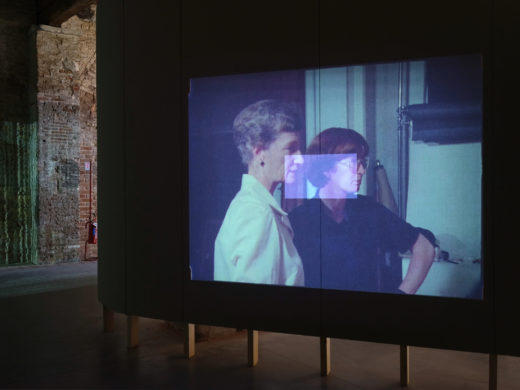Snapshot Dialogue: Boris Kostadinov (Berlin) and Kamen Stoyanov (Vienna/Sofia)
As part of its 25th Anniversary Celebrations, ARTMargins Online hosts a series of short dialogues between critics and curators from Eastern Europe and one or several artists. With this series of conversations, we want to shed light on the challenging political and economic conditions under which artists and other producers of culture in the region operate today, yet we also aim to highlight the amazing vibrancy, resilience, and resourcefulness of its art scenes. We begin the series with a conversation between Berlin-based curator Boris Kostadinov and Kamen Stoyanov (Vienna and Sofia). The conversation was recorded in Vienna on September 13, … Read more

